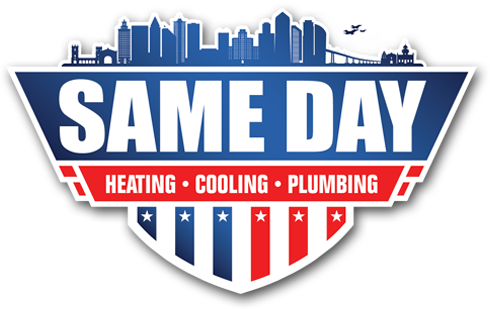How To Detect Carbon Monoxide
Carbon monoxide at home is a scary concern that generally comes up more during the winter, as we spend time indoors and keep our homes shut up tightly to reduce heating bills. There are many appliances that can produce carbon monoxide, but often the most dangerous one is the furnace.
Since most residential furnaces tend to be gas burning, the potential is always there for a carbon monoxide leak. Issues with ventilation can also cause carbon monoxide to build up to potentially dangerous levels in the home or garage.
What makes carbon monoxide so scary is that it is almost impossible to identify without a specialized detector, as it produces no discernible smell or visible indication of its presence.
How To Detect Carbon Monoxide Leaks at Home
If you have an aging furnace, it’s especially important to have it properly serviced at least every year to make sure you can detect carbon monoxide leaks. In addition to furnace age, other signs can indicate you might have a carbon monoxide leak at home:
- Excessive condensation on windows
- Brown, yellow, or sooty-looking stains around the appliance
- Sometimes stale smells, like exhaust, something burning or overheating can accompany carbon monoxide leaks, though this is not the carbon monoxide itself
- Pilot light that burns more yellow than blue
Symptoms of Poisoning
If you have a carbon monoxide leak at home that’s gone unnoticed, it may have impacted your health, and the health of anyone living in your home. Indications you’ve been exposed to too much carbon monoxide include:
- Headache
- Weakness, dizziness, or shortness of breath
- Nausea or vomiting
- Blurry vision
Loss of consciousness can also occur if exposure is prolonged, or if the individual has a pre-existing condition like heart disease or respiratory concerns. If you suspect at all that you’ve been exposed to carbon monoxide, seek professional medical help immediately to ensure you don’t have any complications and that you can access all the resources you need for a full recovery.
Preventing Carbon Monoxide at Home
The two most important steps you can take to ensure your home is safe and free of carbon monoxide this winter is to:
- Install a carbon monoxide detector — these can be purchased at any hardware store and should be installed near your smoke detectors. Similarly, be sure to test them and check the batteries when you replace your smoke detector batteries.
- Schedule regular maintenance of gas appliances — Make sure you’re using any gas appliances according to manufacturer instructions. In addition, schedule regular maintenance for your gas-burning appliances — your furnace especially — to be sure any leaks or issues can be dealt with before causing major problems or carbon monoxide concerns.
Prevention is key to protecting yourself and your family from carbon monoxide exposure. Schedule your furnace maintenance today, or call our professionals (619) 762 – 3044 for more details about how we can help.
